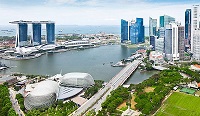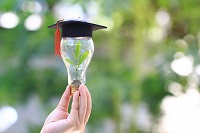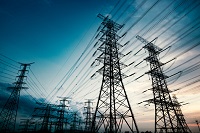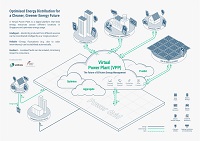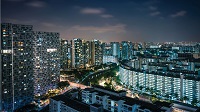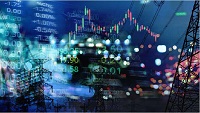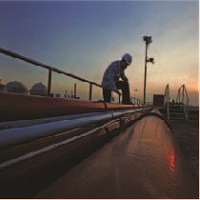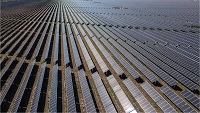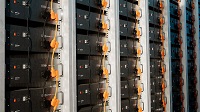For more information, please refer to:
Media Releases
25 Apr 2012
- With the third Earth Summit, or "Rio+20", less than two months away, Dr Heyzer drove home the point about the need to break the vicious cycle of energy poverty to ensure universal energy access for all. This was shared at this morning's Distinguished Speaker Programme (DSP).
- Her lecture, entitled "Rio+20: Implications for Energy Access and Sustainable Development in Asia", focused on Asia, which, despite rapid economic growth, remains the region with the largest number of people without access to modern energy.
- Referring to ESCAP's regional connectivity initiatives, Dr Heyzer announced plans for a similar framework for energy, through the creation of an "Asian Energy Highway" to a 250-strong audience. "The region has vast energy resources such as hydropower and coal, and it should be better utilised to maximize the generation of electricity based on demand," argued Dr Heyzer.
- The Under-Secretary-General shared that three strategies have been identified to provide sustainable energy for all by the year 2030. These are ensuring universal access; doubling the rate of energy efficiency; and doubling the share of renewable energy in the global energy mix.
- Providing universal access to energy is estimated to require an annual investment of US$48 billion, which is about 3 percent of total energy investment worldwide. Directing this investment to renewable energy technologies and energy efficiency improvements will not only ensure energy to all, but will do so in a sustainable, environmentally-harmonious manner, she said. Asia's share will come to about US$12.3 billion a year - a sum which Dr Heyzer felt was not insurmountable given the region's rapidly-growing economies.
- There are also potential energy efficiency gains among Asian countries as many are starting from a low base. Dr Heyzer believes that if Asia could double its rate of energy efficiency improvements, it could uplift the vast majority of its population to middle income status by 2050, at significantly lower energy cost.
- In the area of renewable energy, Dr Heyzer noted that Asian economies will have to aim for a considerably higher share of renewable energy than the current 2 percent supply mix, to be consistent with the expected rapid rise in their energy demand. This would reduce the dependence on fossil fuels, which are subject to supply uncertainties and price volatility.
- In conjunction with the lecture, EMA also launched a specially-commissioned publication titled "Securing Our Energy Future". This looks at the key energy issues in Asia, from the role of natural gas as a game-changer to energy-smart communities, to the rise of renewables in the region. A special pullout feature highlights some of Singapore's key energy and water initiatives, from EMA's Electric Vehicle Test-bed to National Parks' Gardens by the Bay and JTC's Jurong Rock Caverns.
- The DSP is part of EMA's calendar of programmes aimed at forging a progressive energy landscape for sustainable growth. Together with the flagship Singapore International Energy Week (SIEW), which takes place from 22-25 October this year, the DSP provides a platform for the industry's best minds to debate and exchange best practices, ideas and strategies within the energy space, contributing to the global effort of shaping a new energy landscape.
